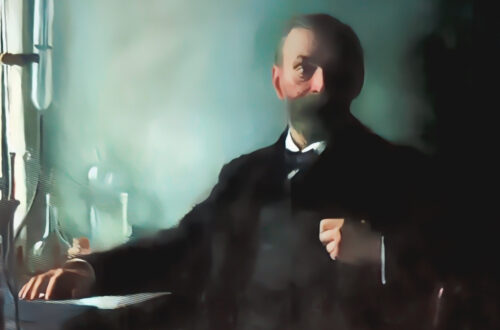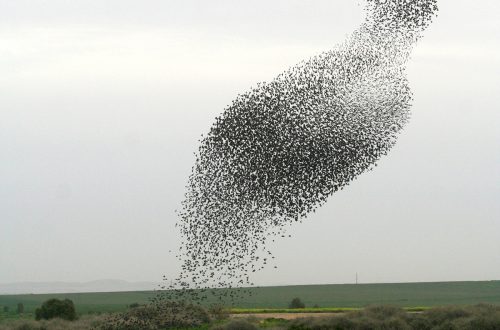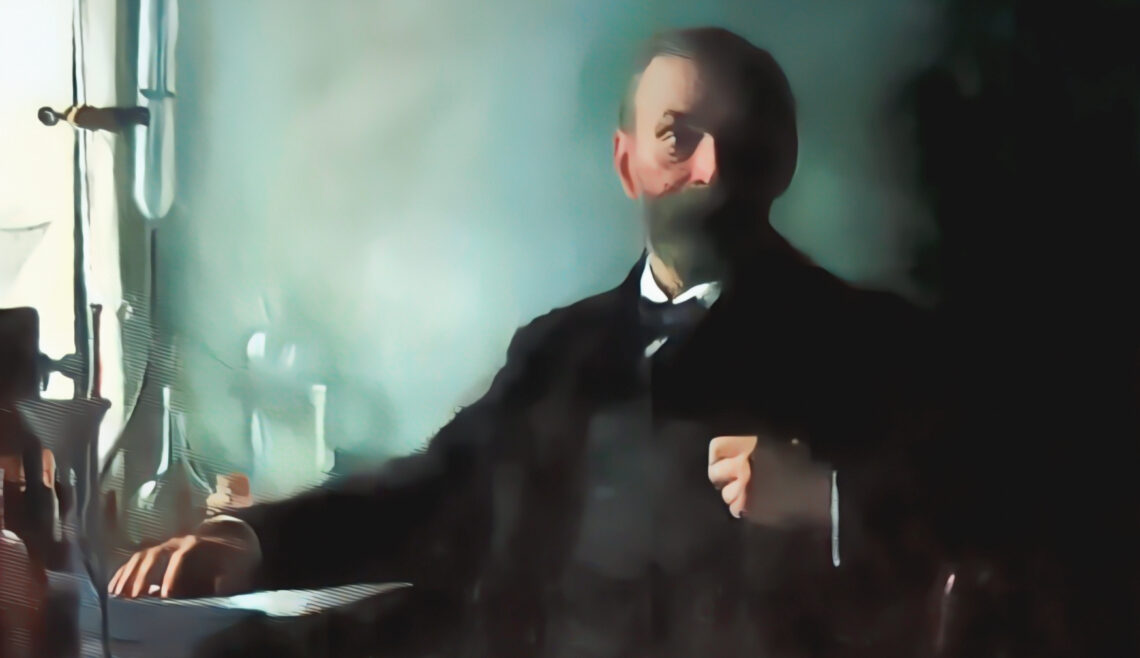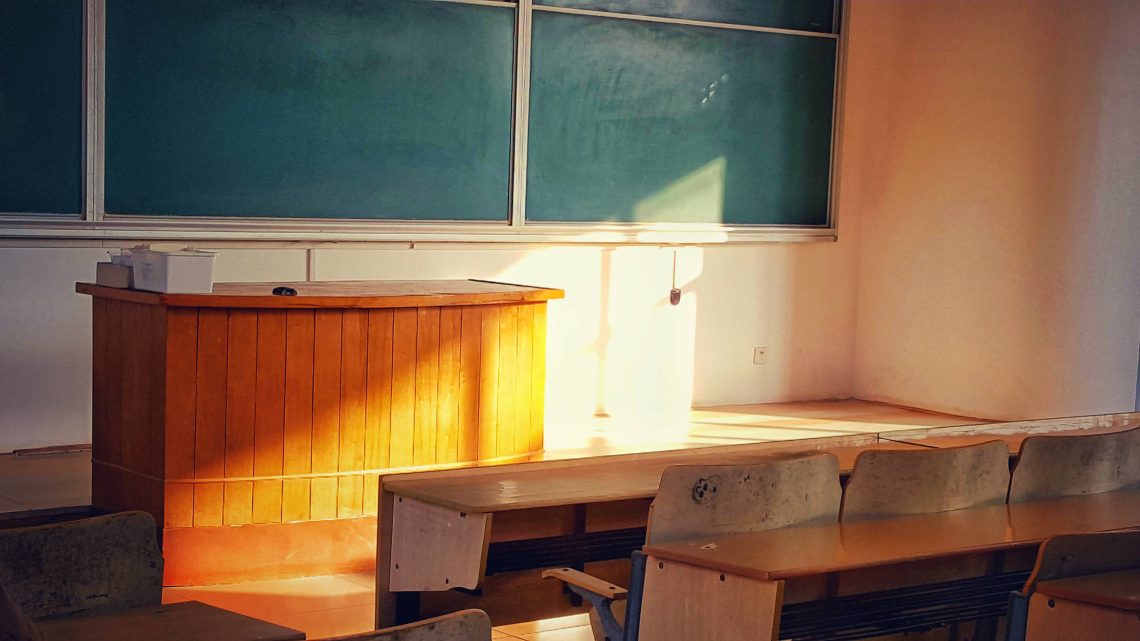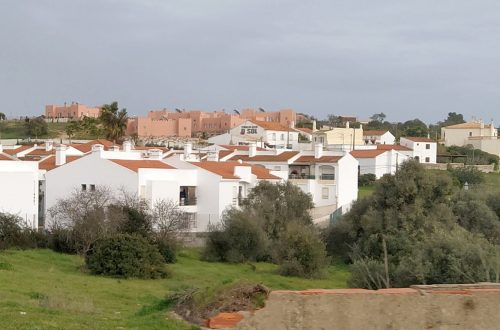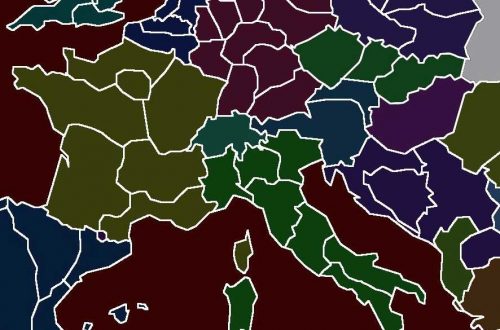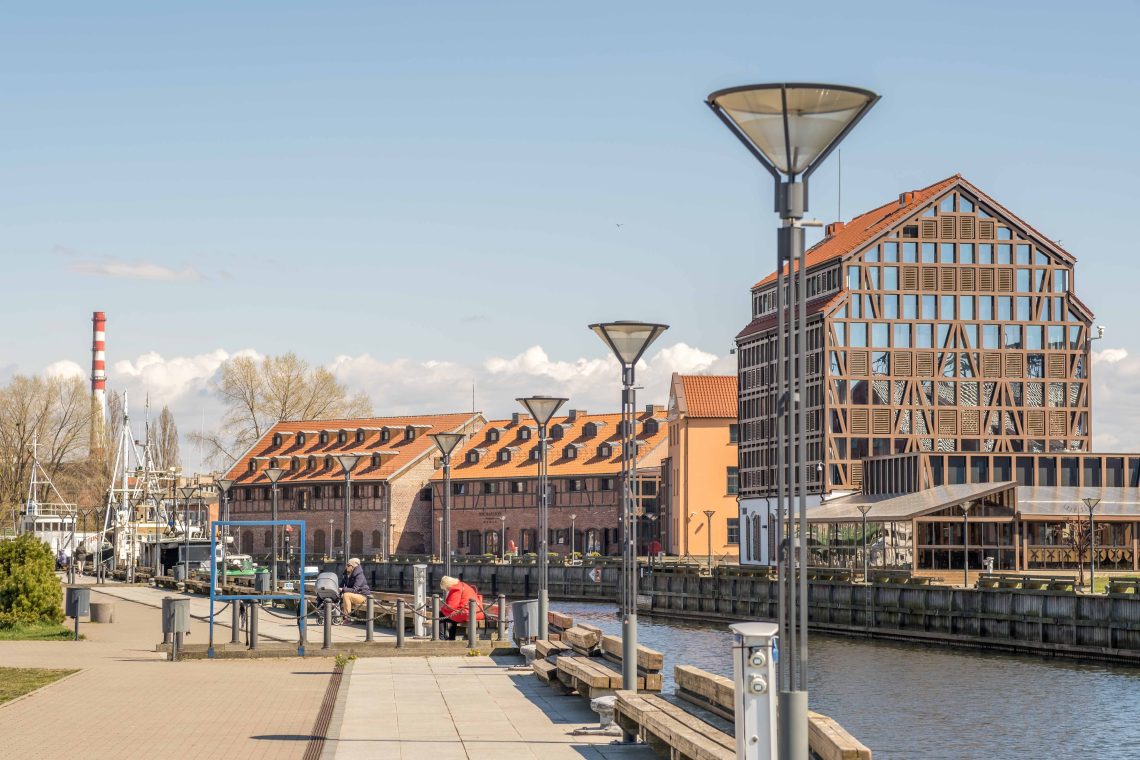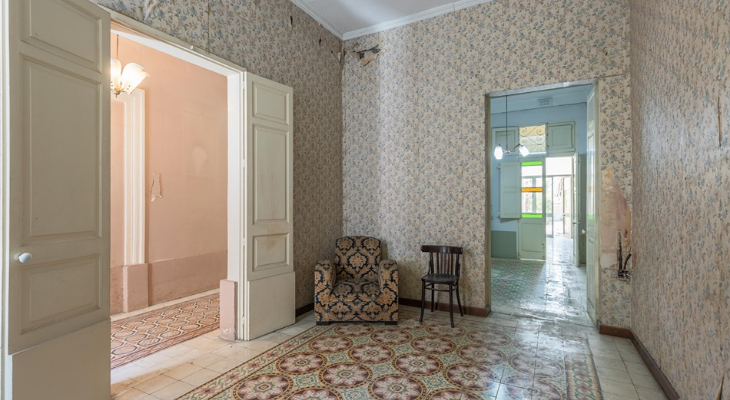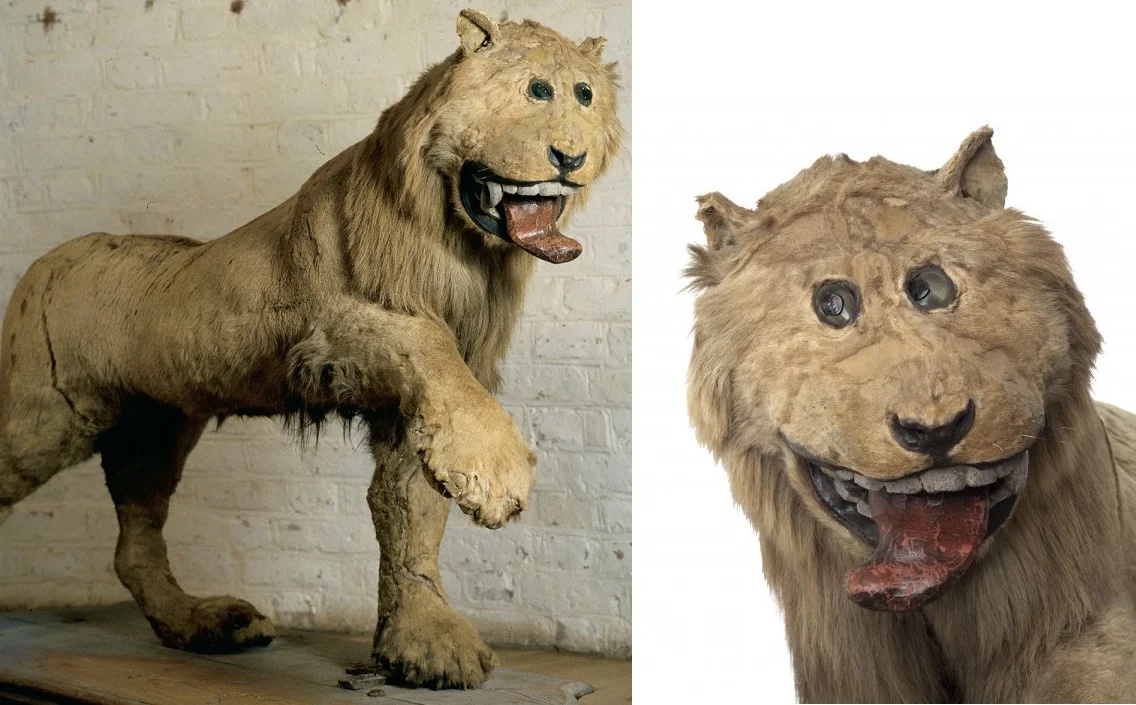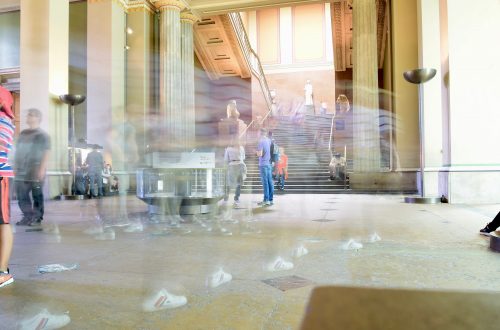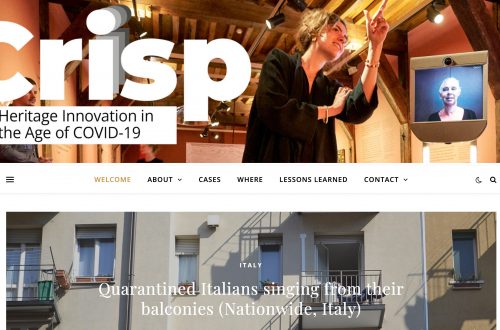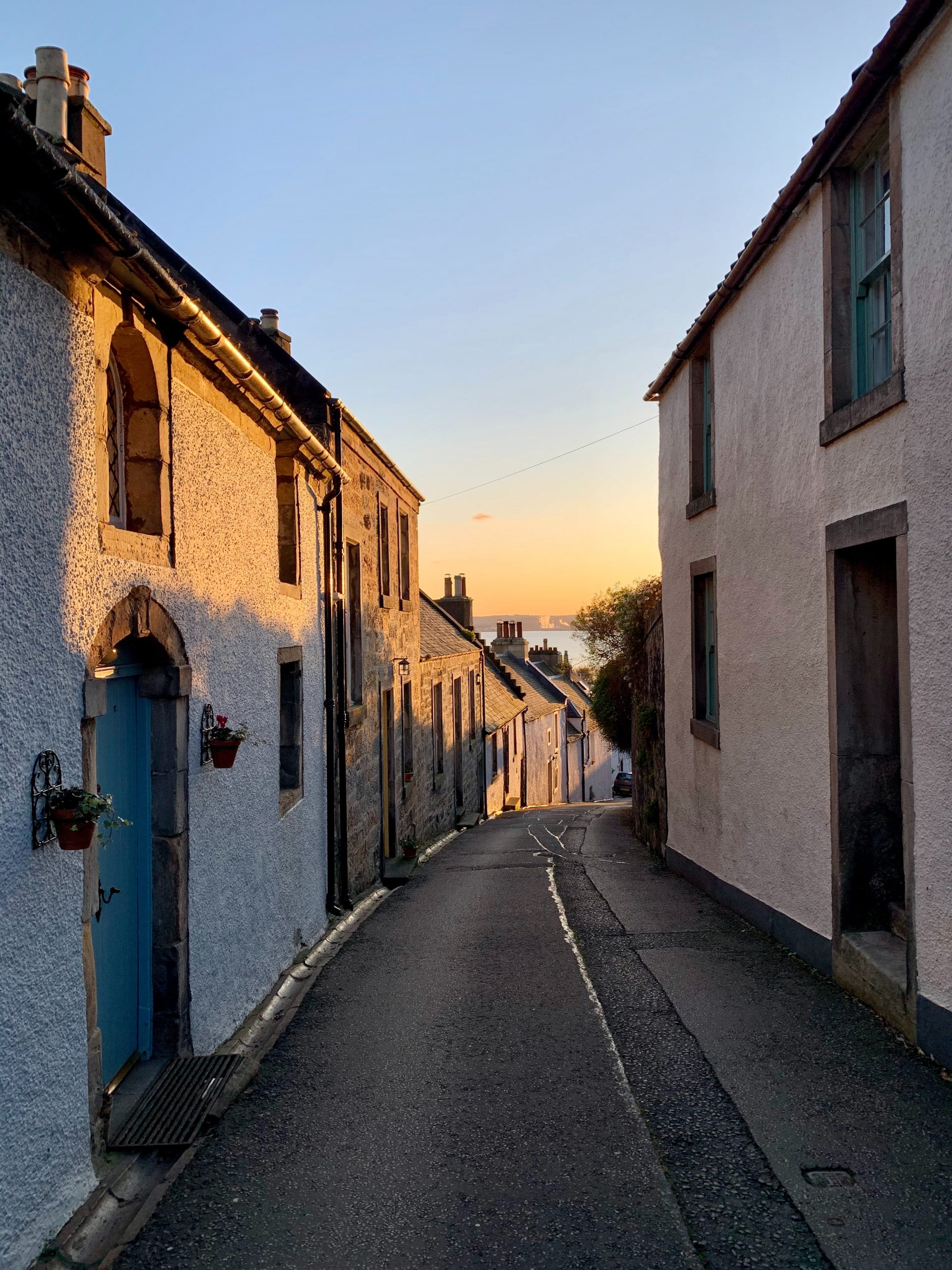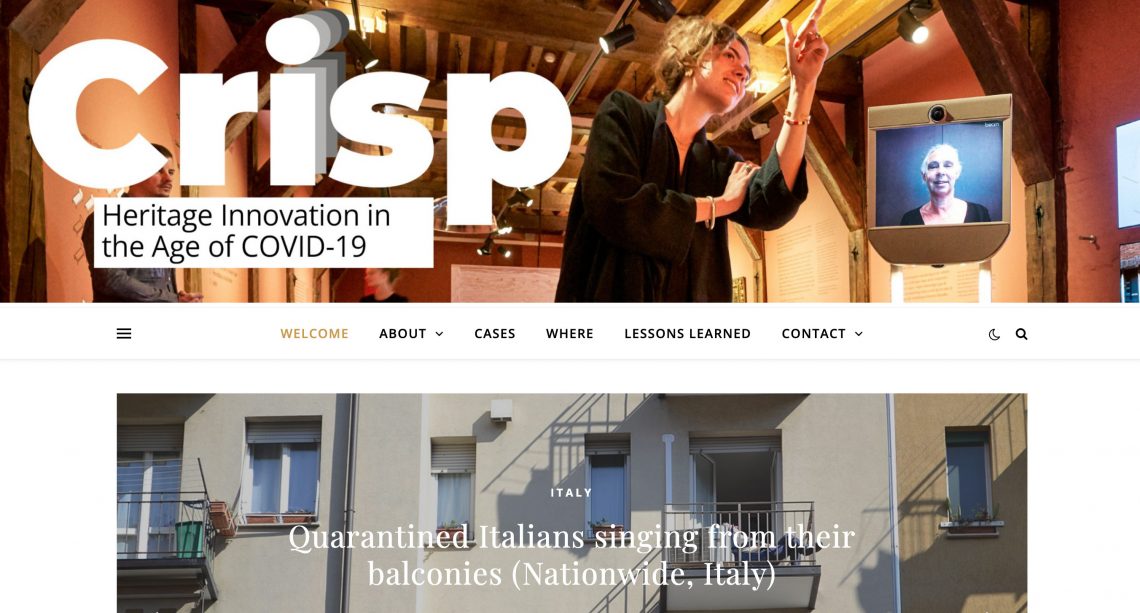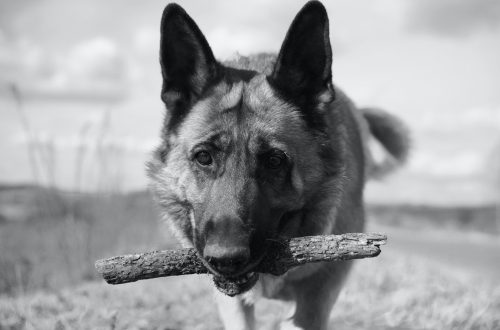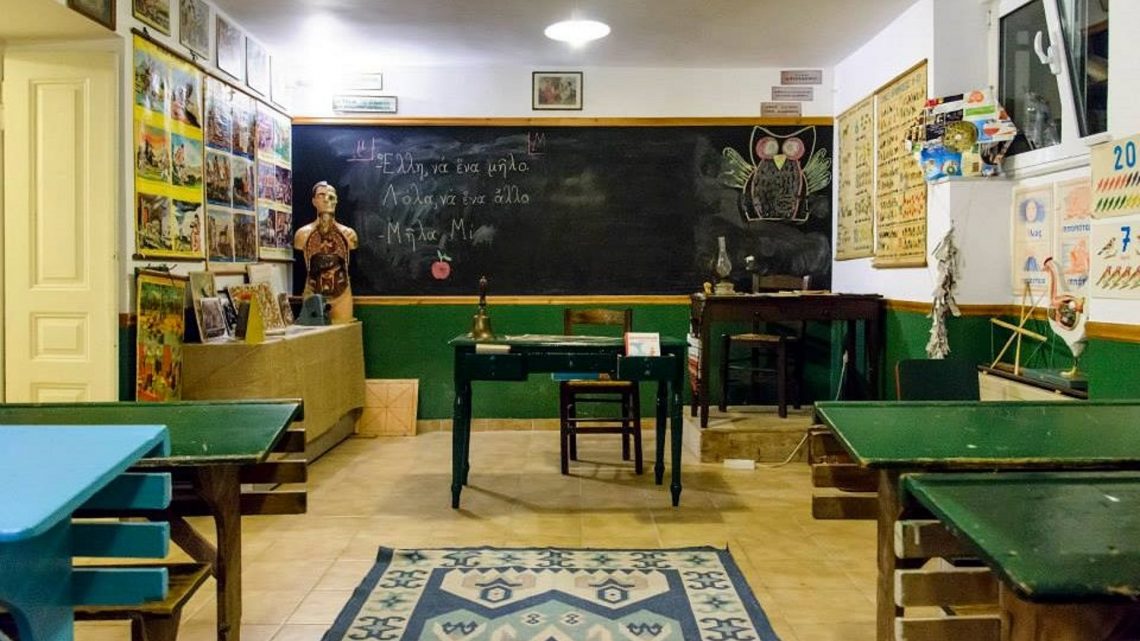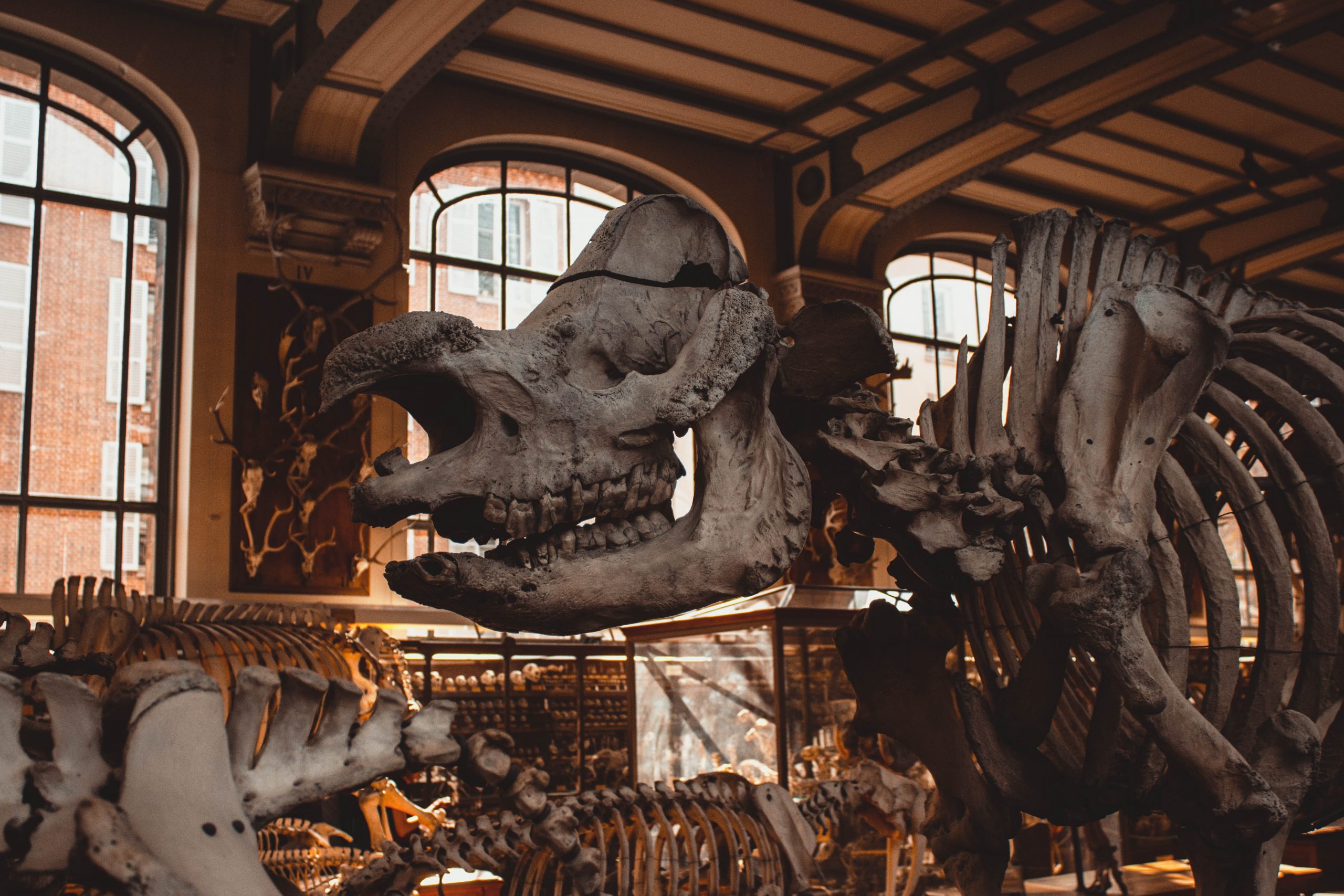-
Reflections on the conclusion of two Erasmus+ projects: BACH and Revintage
In the past month, Quiosq proudly marked the successful completion of its involvement in two impactful Erasmus+ projects—BACH and Revintage. The final assessments for both projects were very positive, underscoring the dedication and innovative approaches employed by all partners. Now that these projects have been concluded, I’d like to offer some reflections.
-
Alfred Nobel’s Guilt
We’ve all heard the story of Alfred Nobel, a guilt-ridden Swedish industrialist who established a number of prizes for the benefit of humanity to make up for his role in the arms race. Just a pity that little or any of it is actually true. But that story, and how it was canonized, can give us good insight into how historical myths are created, and how they influence our common heritage. On November 27th, 1895, the Swedish industrialist Alfred Nobel signed his will in the Swedish-Norwegian club in Paris. In it, he donated his entire fortune to establishing five awards for achievements in science and culture: physics, chemistry, medicine (or…
-
Welcoming Migrants to the School Museum: the WINSOME Project starts in April
Schools are somehow universal – every culture possesses places where knowledge is passed on to both young and older people. And that universality translates into school museums – they are not the Temples of Culture that many associate with museums, but places where a common experience is put in the spotlight. That makes them a good place to have different groups interact with each other in an informal setting. A few months ago, we received confirmation that the Erasmus + program would be funding WINSOME, an educational project set up by heritage institutions in Greece and The Netherlands . On 1 April (no joke), we will officially start this pilot…
-
Staying close to your mission – EU style
At Quiosq, our mission is to serve citizens through European grants and partnerships. Our philosophy is that knowledge of cultural heritage – one’s own as well as that of others – helps to cultivate greater appreciation for each other, and contributes to greater well-being of the inhabitants of Europe and ultimately to more harmonious form of European unification. But said citizen is usually not our direct point of contact, or “customer” in marketing terms. We need projects and cooperation partners to realize our mission. Which is the most attractive – but also challenging – part of our work.
-
How reconstruction can help remembrance – an example in Klaipeda, Lithuania
The city of Klaipeda is today Lithuania’s main (and really only) port, on the west coast, hidden behind a land tongue that connects to the Russian exclave of the Kaliningradskaya Oblast. For most of its modern history it was known as the German city of Memel, right at the northern edge of Prussian and later German territory. After the Treaty of Versailles, it was ceded to the new state of Lithuania and became Klaipeda, although still overwhelmingly German in terms of population. It was re-conquered by Nazi Germany as agreed in the Molotov-Ribbentrop pact of 1939, experienced horrific slaughter during and after the war (both under Nazi and Soviet dominance)…
-
Saving European interiors – a meeting in Malta
Malta formed the paradisiacal backdrop of the first live meeting of the partners in the Revintage project at the end of August, hosted by our friends from VisMedNet. In several presentations and workshops, we got a better grip on the subject, the valuation and preservation of post-war European interiors. Especially inspiring was the contribution of six experts from Malta itself. They spoke to us about the problems they encounter in carrying out their work to preserve Malta’s heritage. They too have to deal with the fact that heritage from the second half of the last century often does not qualify for full protection because it is not yet regarded as…
-
The Gripsholm Lion: the tragic history of a heritage layer cake
Allow me to present you with the Lion of Gripsholm Castle, near Stockholm in Sweden. It’s a very odd-looking creature with a somewhat tortured history. Originally, the (then alive) lion was gifted by the Bey of Algiers to King Frederick I of Sweden in 1731. When it lion died, it was skinned, and the bones were also preserved.
-
Preserving post-WW2 interior design traditions. Quiosq leads the new European Revintage project
Fairly recent European interiors are rapidly disappearing due to fashion-driven rigorous renewal driven by globalization and a lacking sense of cultural continuity. This is especially true for interiors of the post-WW2 period, in particular the 1970s and 1980s. Not only does this threaten a sense of local ‘belonging’, but it also conflicts with a sound use of resources and an increasing awareness of sustainability. We have just been informed that funding for our Erasmus Plus project proposal Revintage, submitted by Quiosq has been approved. Revintage aims to understand the dynamics of 1970s and 1980s European interiors by looking into local case studies, uncovering a network of local stakeholders, and identifying…
-
CRISP is Live! Quiosq and partners present an sample of COVID-19 initiatives by heritage institutions
Six European heritage partners are proud to present the CRISP website: a collection of heritage best practices developed during the COVID-19 pandemic. CRISP (Creative Research on Innovative and Sustainable Practices to get adults back in contact with heritage) is an EU funded project. Partners from five European countries have selected and described 61 pioneering heritage projects for the benefit of heritage institutions, stakeholders, and enthusiasts. With this compilation of (socially) innovative heritage cases, we aim to enrich existing heritage programming, inspire new ones and strengthening networks within and outside of the heritage field.
-
The Cradle of Best Practices: a CRISP meeting in Athens
For the Erasmus-funded CRISP project, which aims to describe best practices of heritage projects during the COVID-19 period, we gathered with our international partners in Athens, where we enjoyed the hospitality of our Greek partner, the School Life and Education Museum.


